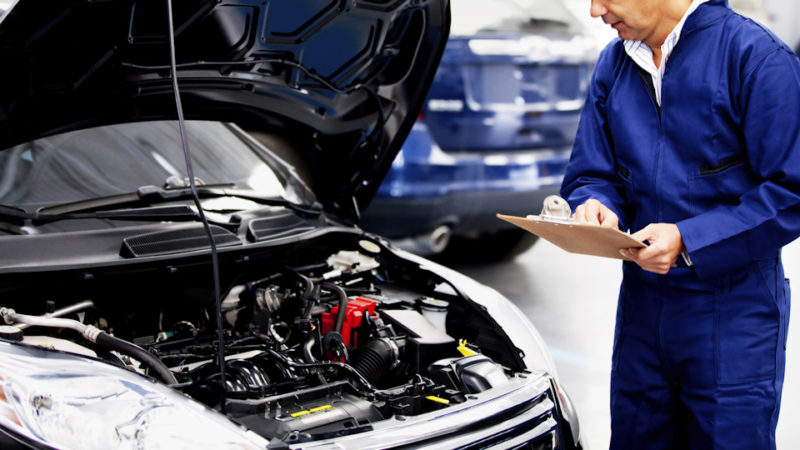car diagnostics involve visual and mechanical inspection of vehicle systems. This method identifies faults based on a mechanic’s expertise and physical signs. It’s effective for checking mechanical components and detecting wear.
Key diagnostic steps:
-
Suspension inspection: checking shocks, control arms, bushings for play or wear.
-
Brake system check: assessing pads, discs, hoses condition.
-
Engine inspection: identifying oil leaks, belt, pulley wear.
-
Transmission check: analyzing noises, gear shifting smoothness.
-
Exhaust system inspection: detecting corrosion, damage.

Mechanics use a lift, hand tools, and auditory cues to assess sounds (knocks, squeaks). A test drive helps spot issues during operation. The method demands high skill, relying on experience.
Benefits of non-computer diagnostics:
-
Accessibility without specialized equipment.
-
Accuracy for mechanical checks.
-
Detection of hidden defects.
Regular diagnostics (every 6-12 months) prevent major breakdowns, extend vehicle lifespan, and enhance safety.





 Čeština
Čeština Русский
Русский